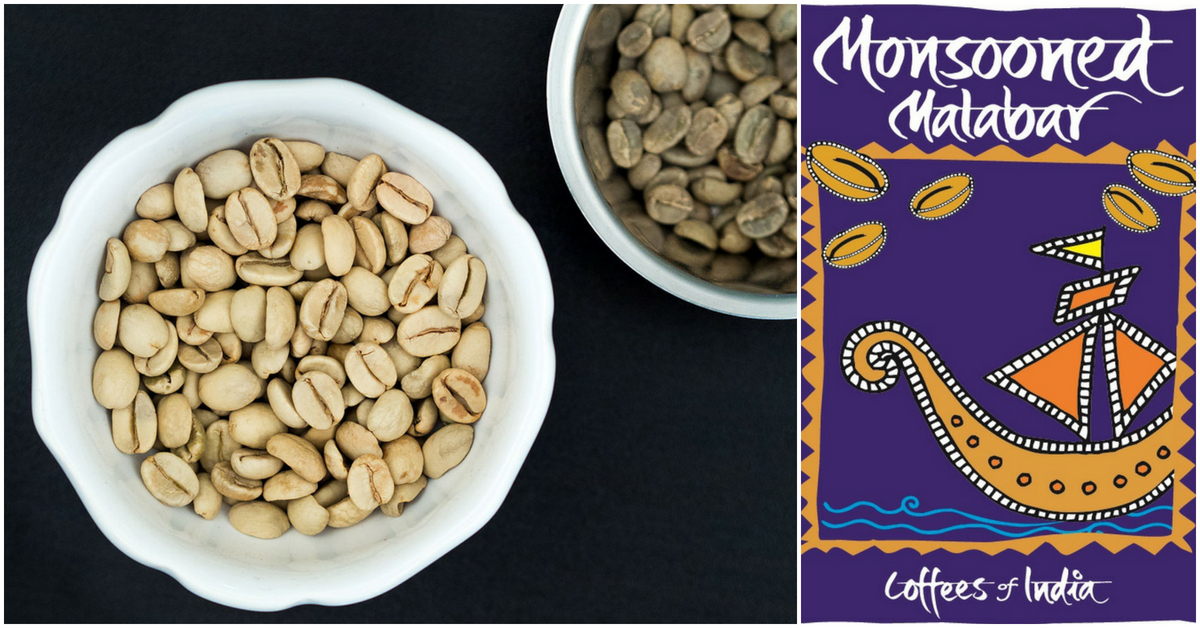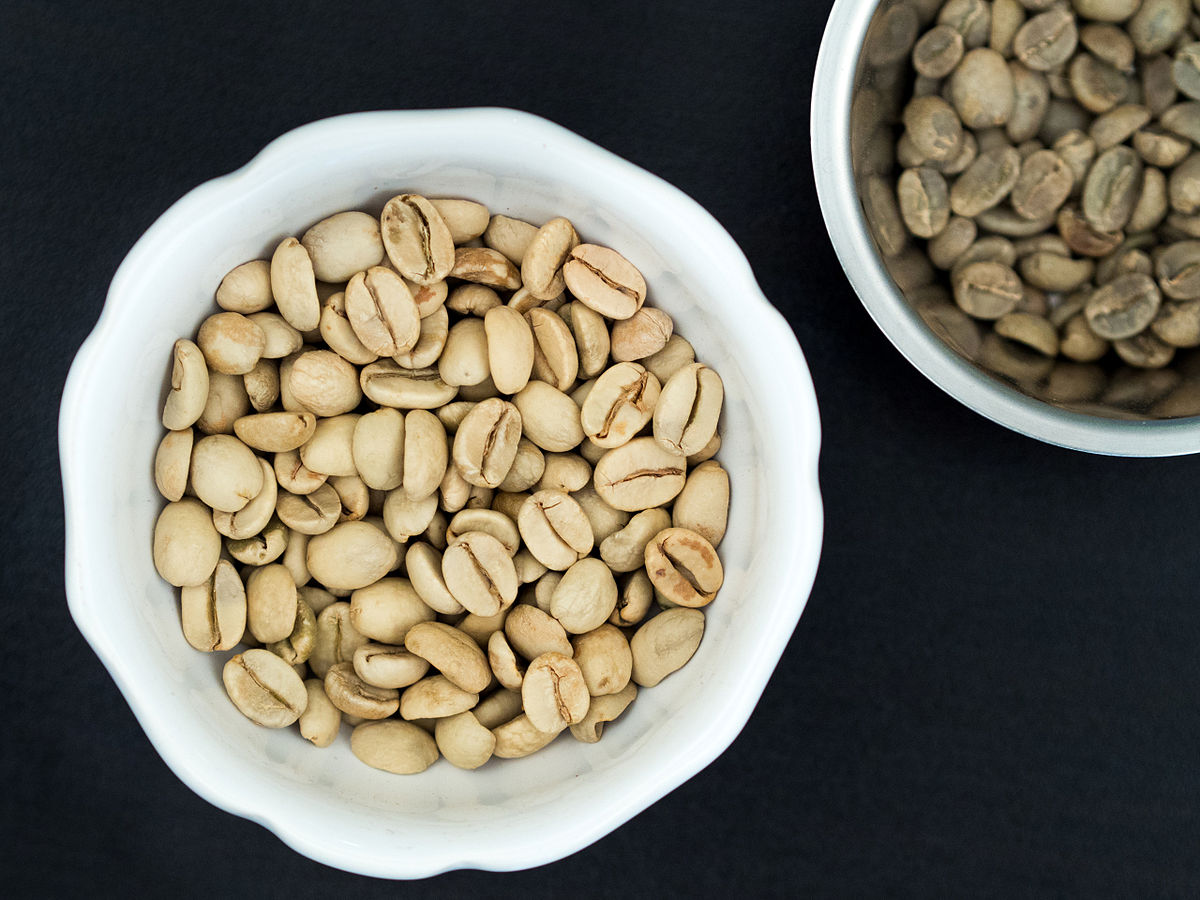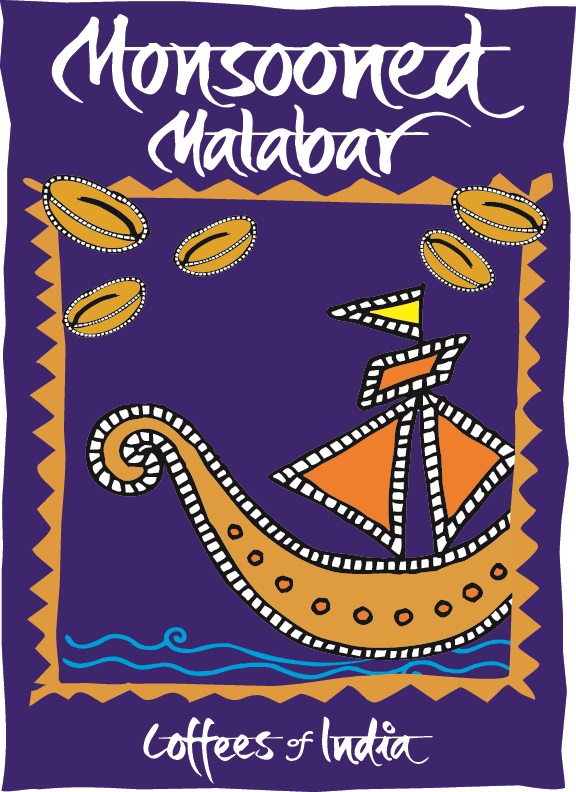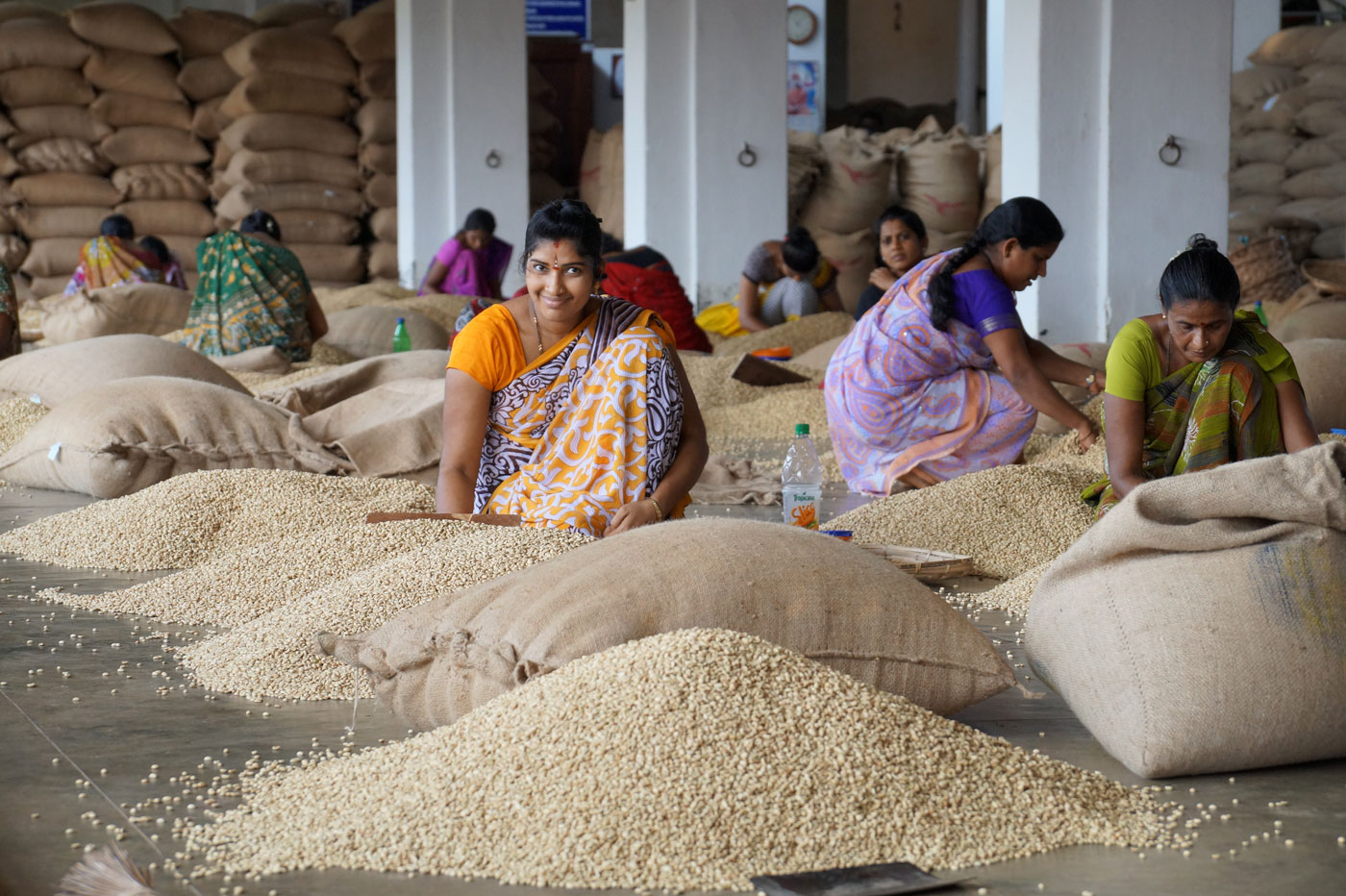Care for Some ‘Monsooned Malabar’? You’ll Love This Celebrated Coffee!
Among the foods that find a place on India's GI tag registry list is a celebrated coffee that few Indian know about but which has a loyal following in the West — Monsooned Malabar.

Recently, West Bengal’s rasgulla officially became “Banglar Rosogolla” after the coveted Geographical Indication (GI) tag was bestowed on Calcutta gentleman Nabin Chandra Das’s luscious creation — a status hitherto enjoyed by only one other sweet from the state: the Joynagar Moa.
And its not just these iconic sweets. India’s GI registry has an assortment of culinary delights that can arrest any gastronome’s imagination and are often emblematic of a place or community.
Among the foods that find a place on this prestigious list is a celebrated coffee that few Indian know about but which has a loyal following in the US and Europe — Monsooned Malabar.

A singularly delicious coffee, the Monsooned Malabar had an accidental beginning. In the colonial era, British ships sailing to Europe around the Cape of Good Hope would find vast changes in the characteristics of their packed coffee, thanks to the salty moisture in the wooden cargo hold.
Losing their original taste and green colour during the 4-6 month long journey, the coffee beans would turn pale, attaining a brown straw-like colour and a pungent, musty flavour. Surprisingly, European coffee-drinkers seemed to prefer this heavy-bodied brew.
As transport improved with time (motorised liners began completing the journey in 20 days) and exposure to sea wins reduced, the beans began to stop changing en route. European consumers noticed that the coffee was losing the distinctive monotone flavour they were used to and asked for the aged coffee, which they thought tasted better.

So, cultivators on the Malabar coast devised a new process to simulate the conditions that produced this unique coffee. Called Monsooning, this technique involves spreading out sun-dried beans in open-sided, cement-floored warehouses.
For the first week to 10 days, the coffee beans are turned over with wooden rakes every day. Next, the beans are arranged into “windrows” i.e jute sacks filled with coffee beans stored in rows with a passage-like space in between for the monsoon wind to blow through.
The coffee is then exposed to rain-bearing tropical winds from the Arabian Sea that lash the Western Ghats between June/July to September/October. Each batch goes through this process three times before the next batch of coffee is put on the floor.
This moisture-laden air triggers slight fermentation, causing the beans to swell to double their original size, turn pale and brittle. The absorption of moisture also reduces the inherent acidity found in popular varieties such as Arabica and Robusta. The result is a bold flavoured coffee with a smooth earthiness.
After the factory opens for regular workers with the end of the monsoon season, the beans are “polished” (the outer skin is removed) and graded, before being manually sorted to remove defects,. It is then bulked, fumigated and packed for export.

Over the years, Monsooned Malabar has become a much-in-demand component in several fine espresso blends (especially in the Scandinavian and German speciality roasted blends) to which it lends weight, body and its unusual chocolatey flavour. It is also sought by major international brands such as Nestle Nespresso, Benecke Coffee and Grecof.
Interestingly, Aspinwall & Co. Ltd., owned by the erstwhile royal family of Travancore, is a major exporter of the Monsooned Malabar and processes over 3,500 tonnes of coffee this year!
So have you decided when you want to head out and have a taste of your first cup of Monsooned Malabar?
(Edited By Vinayak Hegde)
Also Read: History and a Cup of Sulaimani – The Story of an Unusual Tea From Kerala
Like this story? Or have something to share? Write to us: [email protected], or connect with us on Facebook and Twitter.
NEW: Click here to get positive news on WhatsApp!
If you found our stories insightful, informative, or even just enjoyable, we invite you to consider making a voluntary payment to support the work we do at The Better India. Your contribution helps us continue producing quality content that educates, inspires, and drives positive change.
Choose one of the payment options below for your contribution-
By paying for the stories you value, you directly contribute to sustaining our efforts focused on making a difference in the world. Together, let’s ensure that impactful stories continue to be told and shared, enriching lives and communities alike.
Thank you for your support. Here are some frequently asked questions you might find helpful to know why you are contributing?


This story made me
- 97
- 121
- 89
- 167











